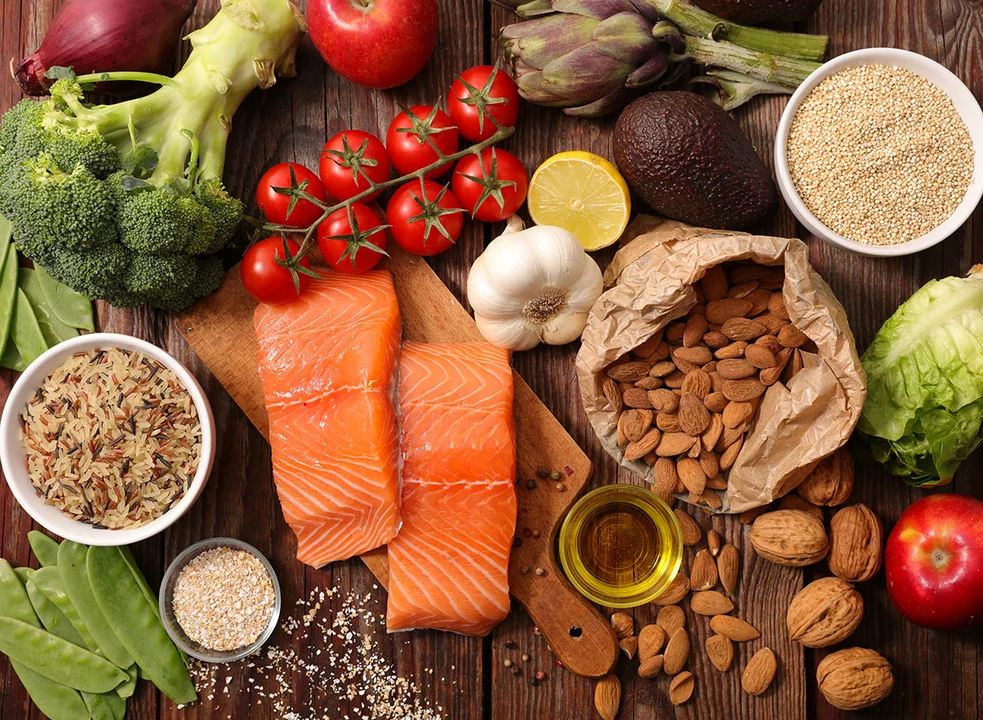Health and Nutrition: Spotting Unhealthy Indian Foods
Ever wonder why some of your favorite Indian street foods leave you feeling sluggish? You’re not alone. The truth is, many of these treats are loaded with hidden fats and sugars that can sabotage your health goals. In this guide we’ll break down what makes them risky and give you easy alternatives that still satisfy your cravings.
Why Some Indian Snacks Are Bad for You
First, let’s talk about the culprits. Deep‑fried items like samosas, pakoras, and vadas are drenched in oil during cooking. That oil adds a lot of saturated fat, which raises cholesterol and can lead to heart problems over time. The dough used for these snacks often contains refined flour, meaning it spikes blood sugar quickly and leaves you hungry again soon after eating.
Take the samosa, for example. A typical serving can pack 300‑400 calories, most of them from fat. The filling—usually potatoes, peas, and spices—adds carbs and sometimes extra oil. When you dip it in sweet or spicy chutney, you’re adding another dose of sugar and sodium. The combination hits your body hard: a quick energy boost followed by a crash, plus extra strain on your digestive system.
Besides the calorie count, these foods lack essential nutrients. They’re low in fiber, protein, and vitamins that your body needs to stay energized and focused. That’s why you might feel a temporary pleasure while eating, but the aftermath is often a feeling of heaviness and low energy.
Smart Swaps for a Healthier Diet
Good news: you don’t have to give up flavor. Simple swaps can keep the taste you love while cutting down the unhealthy parts. Try baking samosas instead of frying them. Use whole‑wheat or multigrain flour for the crust to boost fiber. Fill them with a mix of boiled lentils, chopped veggies, and a pinch of spices for extra protein.
If you’re craving something crunchy, roasted chickpeas or spiced nuts make a great snack. They give you the satisfying bite without the excess oil. For chutney lovers, blend fresh coriander, mint, a dash of lemon, and a little yogurt. This version adds probiotics and reduces sugar.Portion control also matters. Instead of eating a whole plate of fried snacks, aim for one or two pieces paired with a side salad or fresh fruit. The vegetables add volume, fiber, and vitamins, helping you feel full longer.
Staying hydrated is another hidden key. Often we reach for salty snacks because we’re actually thirsty. Keep a water bottle handy and sip regularly throughout the day. You’ll notice you need fewer salty bites.
Finally, make a habit of planning your meals. When you know what’s coming up, it’s easier to choose healthier options and avoid impulse purchases of deep‑fried treats.
Balancing traditional Indian flavors with smarter cooking methods isn’t a sacrifice—it’s a way to enjoy food without the guilt. Give these swaps a try, and you’ll see that staying healthy can be just as tasty as the original recipes.

What is the most unhealthy Indian food?
- Date: 30 Apr 2023
- Categories:
- Author: Aarav Khatri
As a food enthusiast, I recently delved into exploring the unhealthy side of Indian cuisine. It turns out, the most unhealthy Indian food is arguably the deep-fried, calorie-laden samosa. While it's hard to resist the delicious taste of this popular snack, the high amounts of saturated fats and cholesterol in the dough and the filling make it an unhealthy choice. Moreover, samosas are often served with sweet and spicy chutneys, adding to the overall calorie count. So, as tempting as it may be, it's best to enjoy samosas in moderation to maintain a balanced diet.




